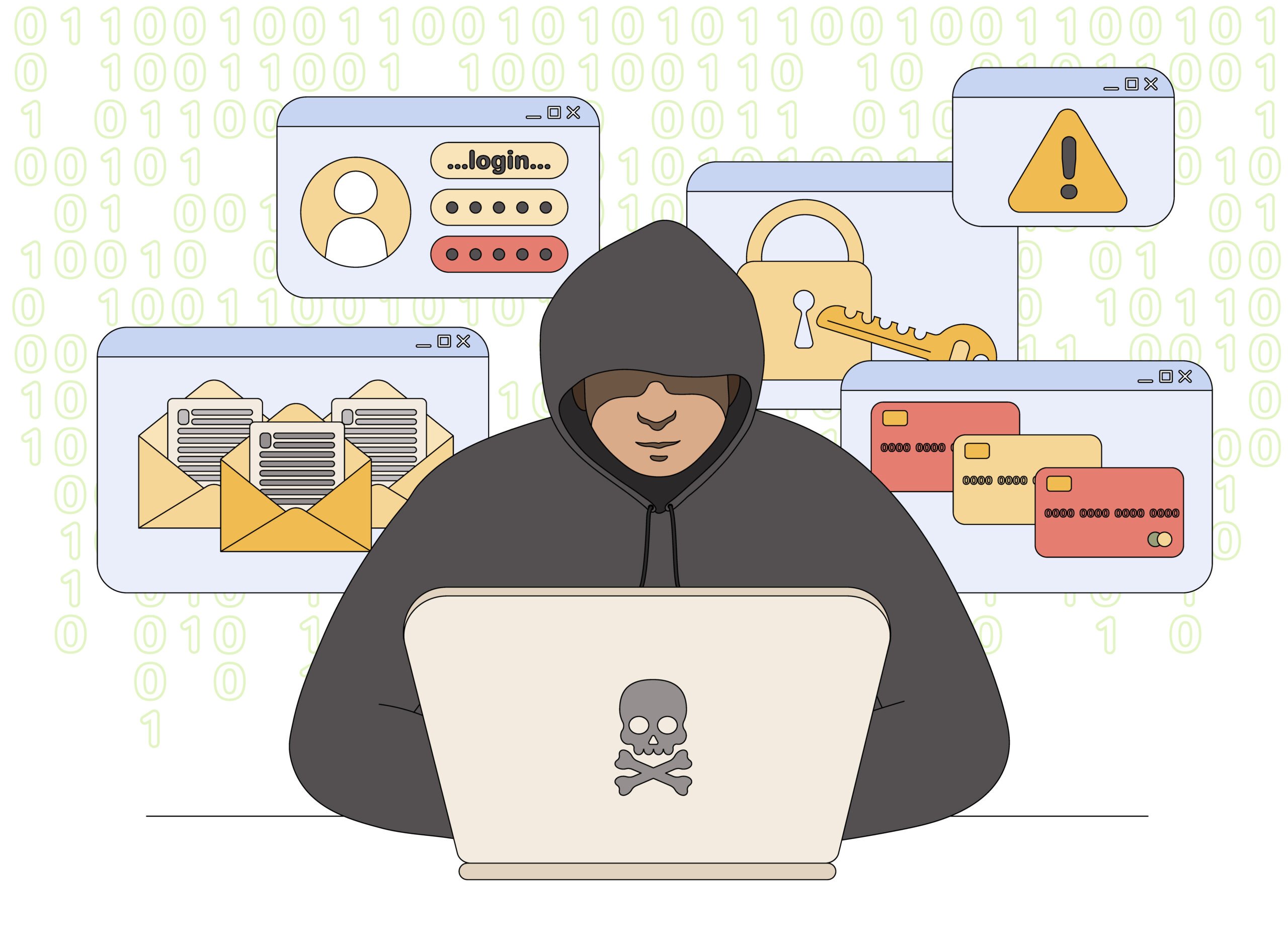IT Strategy in the Face of US Tariffs: Navigating Challenges and Solutions
Introduction: Understanding the Impact of US Tariffs on IT Strategy
The imposition of U.S. tariffs on imported IT goods in recent years has dramatically altered the technology landscape. What was once a stable cost structure for businesses has become a moving target — with direct impacts on hardware pricing, vendor sourcing, and global supply chains.
For small and mid-sized manufacturers and businesses, the consequences are especially acute. Tariff-related disruptions now ripple through every level of IT strategy, from procurement to budgeting to long-term planning.
As Jason Vanzin, CISSP and CEO of Right Hand Technology Group, explains:
“The introduction of U.S. tariffs on IT goods has created a complex landscape that requires careful navigation and strategic planning from businesses of all sizes.”
This article explores the core challenges U.S. tariffs create for IT strategy — and more importantly, the practical solutions forward-looking companies are using to adapt. We’ll cover:
– The rising cost of IT hardware and infrastructure
– Tariff-driven supply chain disruption
– Indirect costs and hidden risks
– Strategic investment prioritization
– Shifting global IT spending trends
By the end, you’ll have a clear, actionable understanding of how to build a resilient, adaptable IT strategy that can weather economic uncertainty and position your business for long-term success.
1. Cost Implications for IT Operations
1.1 Direct Cost Increases on Hardware and Components
One of the most immediate and measurable impacts of U.S. tariffs on IT strategy is the sharp rise in hardware and infrastructure costs. As tariffs target essential imported technology components, U.S. businesses are feeling the effects directly in their IT budgets.
Many key technologies — from servers to semiconductors — have seen cost increases of up to 25%, depending on the component and source country.
As Jason Vanzin, CISSP and CEO of Right Hand Technology Group, explains:
“The tariffs have significantly impacted data center equipment costs, with some businesses seeing price hikes of up to 25% on certain hardware. This puts pressure on IT budgets and forces companies to reassess their infrastructure plans.”
Tariffs are currently driving price increases across a broad range of foundational IT equipment, including:
– Servers and storage devices
– Networking equipment
– Semiconductors and integrated circuits
– Printed circuit boards (PCBs)
A report by the Information Technology and Innovation Foundation estimates that tariffs could raise overall IT hardware costs by 10–15% for U.S. businesses.
To reduce impact and stretch IT budgets further, companies can:
1. Diversify suppliers by sourcing from non-tariffed regions or domestic vendors
2. Consider refurbished or certified pre-owned hardware for select infrastructure needs
3. Negotiate volume discounts or payment flexibility with existing vendors
4. Accelerate planned purchases ahead of future tariff expansions or supply chain delays
2. Mitigating Supply Chain Disruptions
2.1 Strategies for Diversifying Suppliers
Beyond direct cost increases, U.S. tariffs have revealed significant supply chain vulnerabilities—particularly for organizations that rely heavily on Chinese manufacturers for IT hardware and components. These vulnerabilities don’t just affect pricing; they lead to project delays, reduced agility, and a higher risk of operational bottlenecks.
As Jason Vanzin explains:
“Diversifying your supply chain isn’t just about avoiding tariffs; it’s about building a more resilient and adaptable IT infrastructure that can withstand various global challenges.”
To reduce exposure to tariff-driven disruptions and futureproof infrastructure strategy, businesses should:
1. Identify alternative suppliers in non-tariffed regions
2. Establish relationships with multiple vendors for critical items
3. Evaluate nearshoring or reshoring options
4. Leverage supply chain management software for better visibility and control
3. Addressing Rising Indirect Costs in IT Operations
3.1 The Ripple Effect: Tariffs and Cloud Service Pricing
While the immediate impact of tariffs on hardware is easy to see, many businesses overlook the rising indirect costs that surface downstream — particularly in cloud service pricing. As cloud providers absorb higher infrastructure and operational expenses, those costs are increasingly being passed along to customers.
Tariffs affect cloud pricing in several ways:
– Increased costs for data center equipment
– Higher energy and facility costs driven by tariff-inflated components
– Supply chain challenges delaying upgrades and expansions
These combined pressures could result in a 5–8% increase in cloud service pricing over the next two years.
To minimize the financial impact, businesses should:
1. Audit and optimize current cloud usage
2. Explore multi-cloud or hybrid cloud strategies
3. Negotiate long-term contracts with providers
4. Invest in cloud cost management tools for real-time visibility and control
Conclusion: Turning Tariff Challenges into Strategic Opportunity
U.S. tariffs on imported IT equipment have introduced new layers of complexity into how businesses plan, budget, and operate their technology environments. But with every disruption comes an opportunity — and forward-thinking organizations are using this moment to rethink their IT strategies for resilience, agility, and long-term value.
Whether it’s rising hardware costs, supply chain disruptions, or indirect cloud pricing impacts, the businesses that respond with smart, adaptive planning will be the ones that maintain competitive momentum.
By evaluating sourcing strategies, prioritizing high-value projects, leveraging as-a-service models, and taking a global view of IT investments, companies can not only weather tariff uncertainty — they can emerge stronger, leaner, and better prepared for future disruptions.
FAQ: IT Strategy and US Tariff Impacts
How have US tariffs affected IT hardware costs?
Tariffs have raised prices on a wide range of IT components — including servers, networking gear, semiconductors, and circuit boards — with increases up to 25% in some cases.
Why are cloud services also becoming more expensive?
Cloud providers are absorbing increased costs for equipment and energy, and passing some of that burden to customers, which may result in price increases of 5–8% over the next two years.
What are smart ways to mitigate IT cost increases?
Consider diversified sourcing, vendor negotiation, using refurbished hardware, or accelerating planned purchases ahead of tariff expansions.
How can I make my IT supply chain more resilient?
Develop a multi-vendor network, explore nearshoring or reshoring, and use supply chain software for visibility and control.
What role does strategic investment planning play in IT resilience?
Prioritizing projects that align with business goals, measuring total cost of ownership, and adopting flexible infrastructure models help maintain control and drive value despite rising costs.
Are there global strategies I should consider?
Yes. Benchmark spending, monitor global tech trends, and consider reallocating budgets or partnerships to emerging regions with more favorable cost structures.











